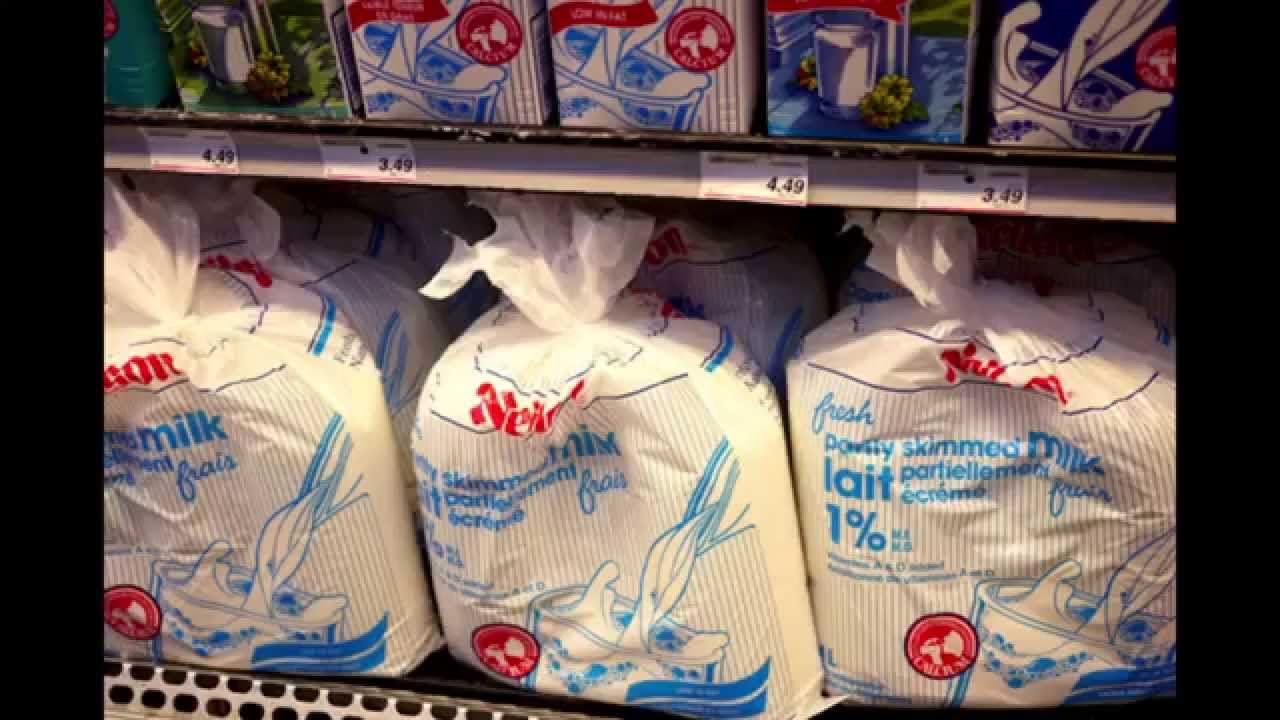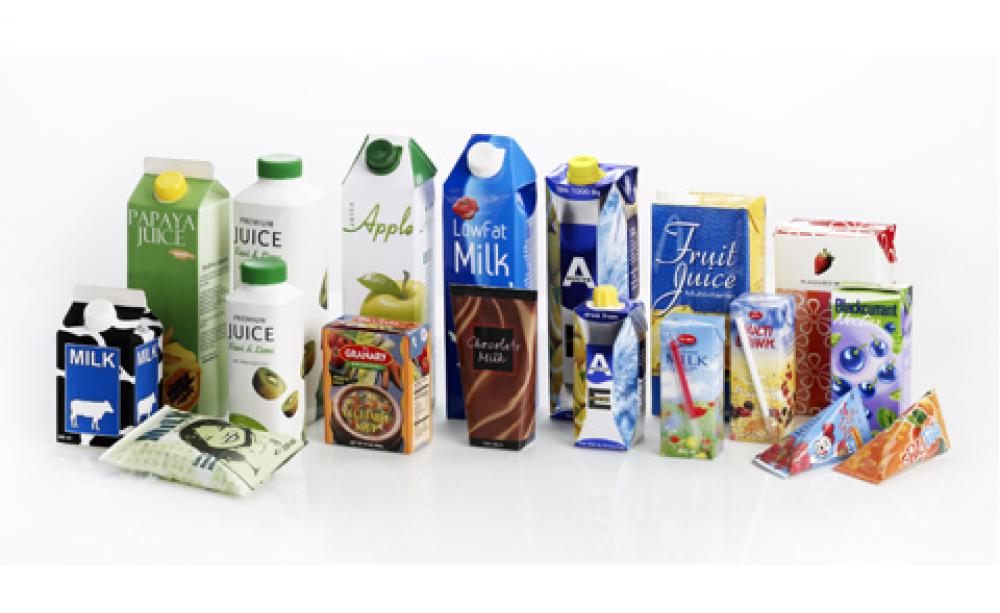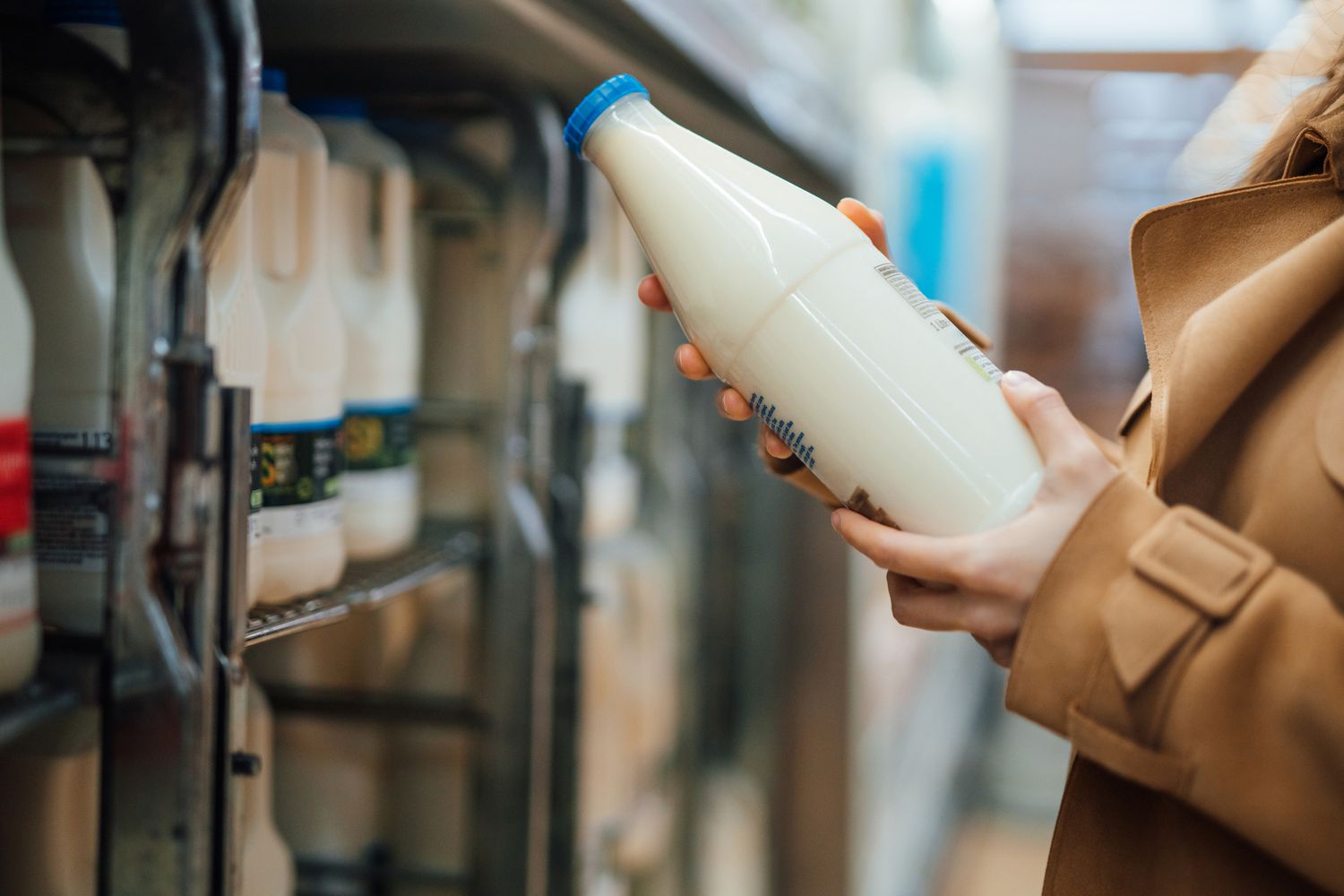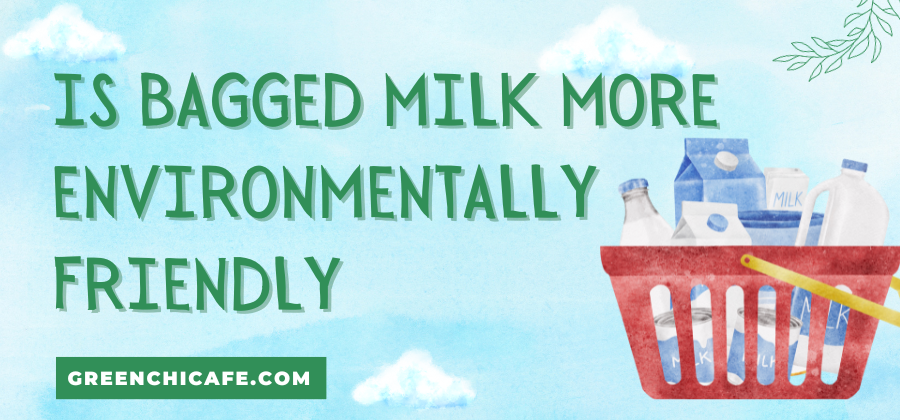Milk packaging has long been a topic of environmental concern, with various options available such as bags, cartons, and bottles.
A recent study by a chemistry professor delves into the environmental impact of these packaging methods, revealing that milk bags might be the most eco-friendly choice.
This article explores the findings of the study, comparing the environmental footprints of different milk packaging options and highlighting the benefits of bagged milk.
Is Bagged Milk More Environmentally Friendly?

A recent study conducted by a chemistry professor has determined that milk bags are the most environmentally friendly form of milk packaging available.
These bags require 75% less raw materials to produce, resulting in a lower environmental impact.
Additionally, milk bags have a lower container weight, further reducing their impact on the environment.
Key Points
- Milk bags use 75% less raw materials than jugs or cartons
- Bags result in lower greenhouse gas emissions per liter
- Lightweight bags reduce the environmental impact of transportation
Our Opinion
Based on the evidence, we believe milk bags are clearly the most eco-friendly milk packaging option.
The reduced plastic usage and greenhouse gas emissions make them a better choice for the environment compared to jugs or cartons.
We recommend consumers consider switching to bagged milk as an easy way to lower their carbon footprint.
Which Milk Packaging Is Most Eco-Friendly: Bags, Cartons, or Bottles?

A recent study conducted by a chemistry professor has determined that milk bags are the most environmentally friendly form of milk packaging available. These bags require 75% less raw materials to produce, resulting in a lower environmental impact. Additionally, milk bags have a lower container weight, further reducing their impact on the environment.
In comparison, milk in plastic jugs is generally considered to be more environmentally friendly than bagged milk. However, the study found that milk bags actually require less energy and water, and produce fewer greenhouse gases, per liter of milk, compared to jugs or cartons. In fact, plastic milk bags were found to produce only 20% to 40% of the greenhouse gases emitted by milk cartons or jugs. This makes milk bags a more environmentally friendly option.
Proponents of milk bags argue that they use less plastic than plastic jugs or cartons, making them a greener choice. Furthermore, the study found that milk bags have the lowest impact in terms of embodied energy, greenhouse gas emissions, and water consumption. The principal benefits of bagged milk are its economic value and freshness. Producers find it easier to vary portion sizes when sealing bags, compared to cartons. Additionally, milk bags contain less plastic than milk jugs, resulting in less environmental harm. Overall, milk bags are considered to be ideal from an environmental standpoint.
How Is Bagged Milk Produced?
The production process for bagged milk is quite different from traditional cartons or jugs. First, the raw milk is pasteurized and homogenized using standard dairy processing methods. It is then pumped into specialized filling machines that aseptically form the bags and seal them. This all takes place in a sterile environment to prevent contamination.
The bag material itself is a multi-layered plastic polymer produced by extrusion. It has an inner polyethylene layer coated with microthin aluminum foil. This provides an oxygen barrier to prevent spoilage. The outer layer is polyester which gives the bag strength and puncture resistance.
These bags are produced on high-speed roll stock that is sterilized. The milk makes minimal contact with equipment surfaces during filling to maintain purity. The end result is a durable yet lightweight bag that keeps milk fresh for weeks without preservatives. It combines the benefits of plastic jugs and paper cartons without their drawbacks.
What Is the Carbon Footprint of Bagged Milk?

When it comes to environmental impact, bagged milk has a much smaller carbon footprint compared to traditional milk cartons and plastic jugs. Recent studies by researchers in Canada investigated the embodied energy, GHG emissions, and water consumption factors of various milk packaging formats.
They found the pillow pouches used for bagged milk had the lowest environmental impact of all packaging assessed. The principal benefits were due to the bag’s economy of materials and storage efficiency:
- Thinner plastic requires less raw materials and energy to produce
- Bags can be transported and stored more efficiently due to their shape
- More milk fits in refrigerators with bag storage racks vs. shelves
- Plastic waste is reduced as bags contain 20-30% less material per liter of milk
Compared to the traditional carton and plastic jug counterparts, bagged milk was found to use less energy, produce fewer greenhouse gases, and consume less water per liter of milk delivered to consumers. The reduced plastic also lowers waste going to landfills.
While no packaging is perfect, existing research shows the environmental benefits of bagged milk make it a greener choice over most alternatives. The innovative packaging helps reduce the carbon footprint of milk’s journey from cows to consumers.
How Does Bagged Milk Compare to Cartons and Bottles for Water Use?
When examining the environmental impact of different milk packaging, water usage is another important consideration.
Recent lifecycle analyses of milk containers found clear differences in the water consumption required per liter of milk packaged:
- Plastic jugs used over 5X more water than bagged milk
- Paper cartons used 3X more water than bagged milk
- Glass bottles used 2X more water than bagged milk
The water savings from bagged milk start from the production process. Bags require less water-intensive materials like paper and glass. The simple bag shape also streamlines processing steps that require water.
Transportation is another area where bagged milk excels. More milk fits on trucks in bag form, reducing fuel and water use per liter delivered. Retail storage is also more water efficient with specialized milk bag racks.
Considering the full lifecycle, bagged milk clearly uses less water compared to the alternatives. The water savings complement bagged milk’s advantages for greenhouse gas emissions and energy use. Together, these benefits make it an excellent choice for environmentally-conscious consumers.
Is Bagged Milk Recycling Better for the Environment?
When it comes to recycling, bagged milk has some clear advantages over cartons and jugs that benefit the environment.
First, milk bags use less material – usually just three thin layers of polyethylene. This means less waste overall if bags end up in landfills.
Bags are also more efficient to transport and process for recycling. Their small size and light weight mean more can be hauled per trip. And their single material composition streamlines sorting and reprocessing compared to multi-layer cartons.
However, a key factor is access to recycling programs. While milk bags are widely accepted for recycling in parts of Canada, availability in the US is still limited. This restricts their current recyclability in many regions.
Ultimately, bagged milk holds promise for improved recycling over cartons and jugs. However, realizing this potential requires continued expansion of collection programs and consumer participation. With the right infrastructure, milk bags could offer meaningful environmental gains through more efficient recycling.
FAQ
What Is the Most Eco-Friendly Way to Buy Milk?
The most eco-friendly way to buy milk is in a plastic milk bag. Studies have shown that milk bags require less energy, water, and raw materials to produce compared to plastic jugs or cartons. The lighter weight of the bags also reduces greenhouse gas emissions during transportation.
What Are the Advantages of Bagged Milk?
Some key advantages of bagged milk are that it uses less plastic, requires less energy and water to produce, and results in lower greenhouse gas emissions compared to plastic jugs or cartons. The bags are also lightweight which further reduces environmental impact.
Why Does Canada Use Bagged Milk?
Canada uses bagged milk primarily because it is more economical and environmentally friendly compared to plastic jugs or cartons. The bag uses less raw materials, is lighter weight, and takes up less space which reduces transportation emissions.
What Are the Disadvantages of Bagged Milk?
Potential disadvantages of bagged milk include difficulty storing the bags, increased risk of leakage/spillage, and less recyclability compared to plastic jugs. Some also complain the bags can be awkward to handle and pour from.
Conclusion
Milk bags appear to be the most environmentally friendly form of milk packaging available. They require less energy, water, and raw materials, and produce fewer greenhouse gases compared to plastic jugs or cartons. Therefore, bagged milk is likely a greener choice for the environment.
